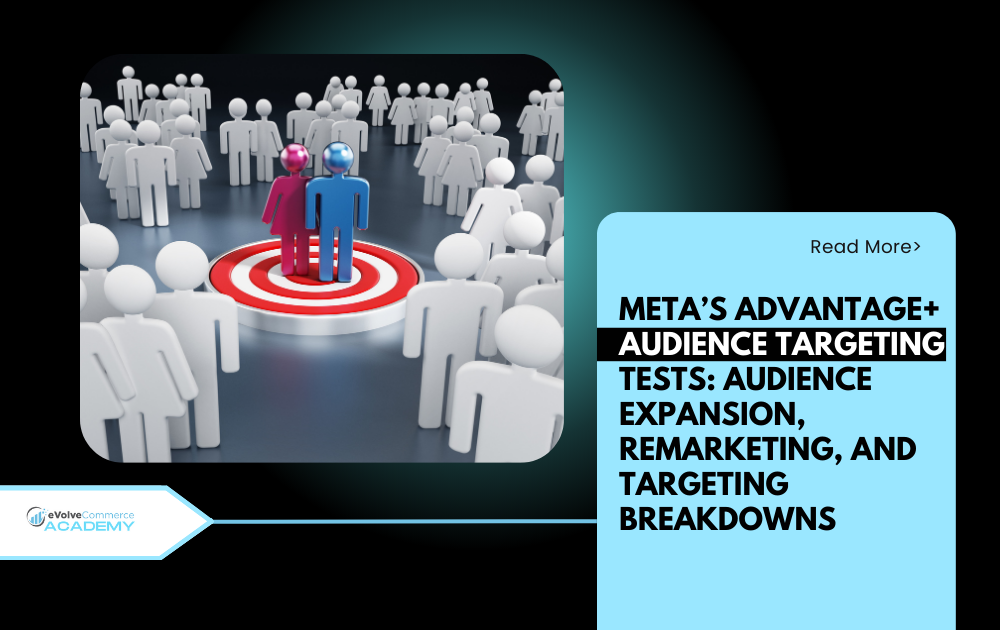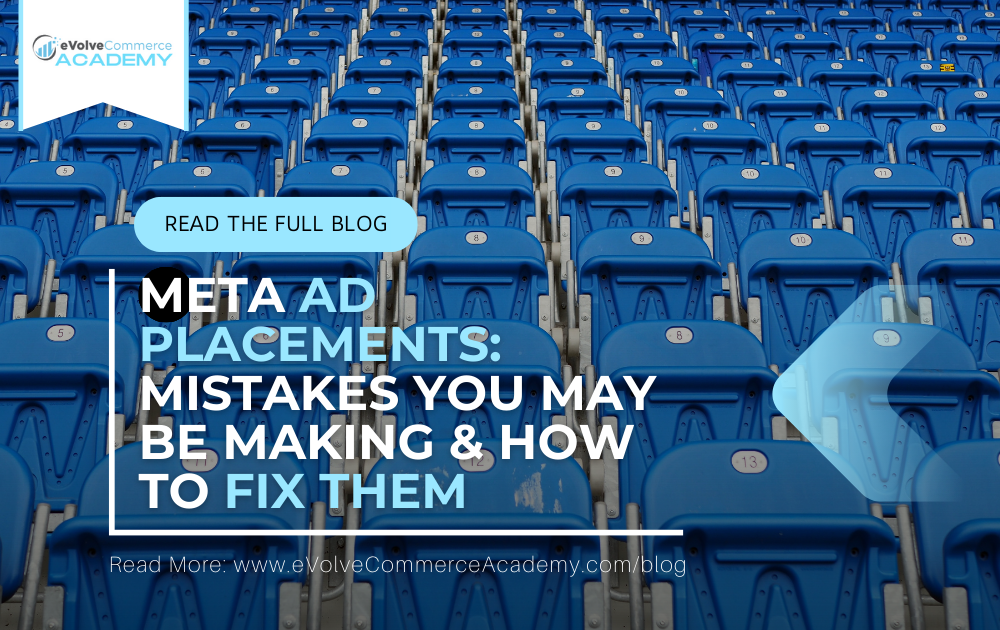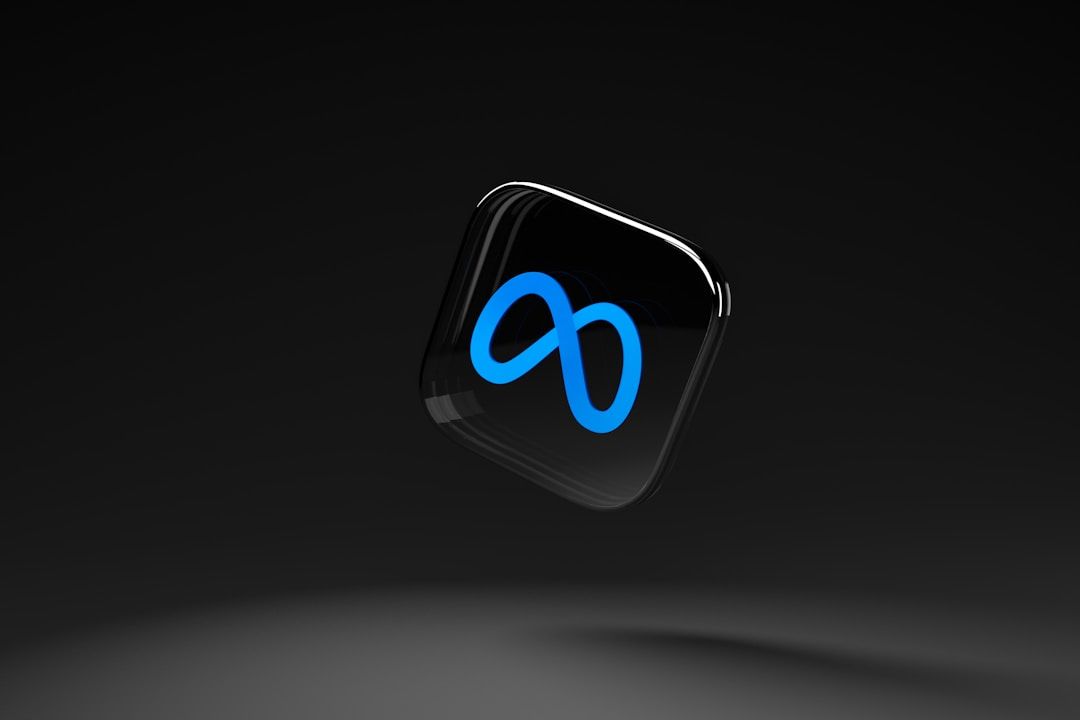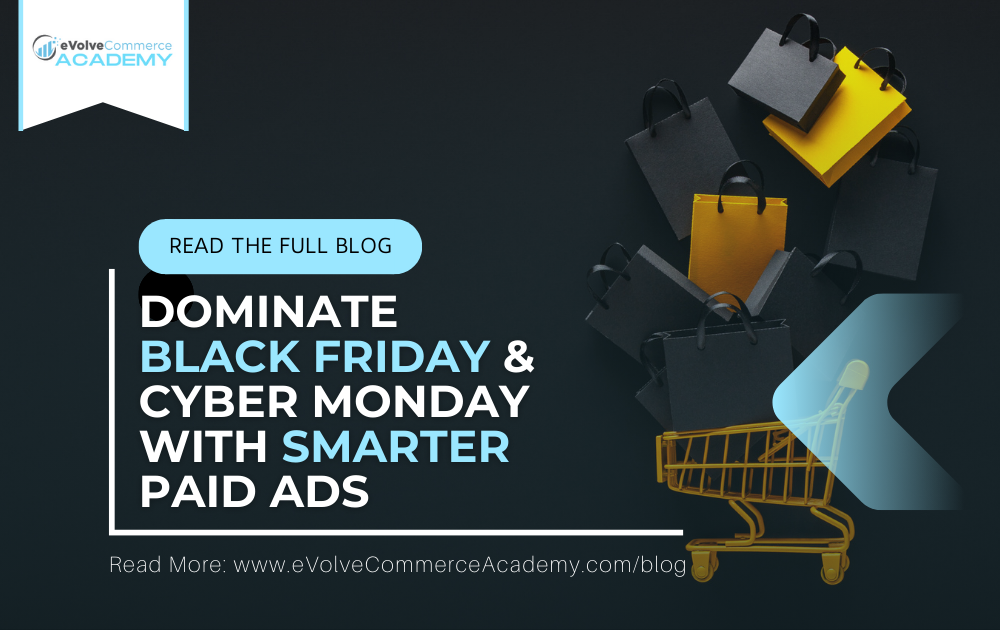Meta’s Advantage+ Audience Targeting Tests: Audience Expansion, Remarketing, and Targeting Breakdowns

Meta’s Advantage+ Audience Targeting Tests: Audience Expansion, Remarketing, and Targeting Breakdowns
Three Advantage+ Audience Targeting Tests
Meta’s Advantage+ Audience tools have transformed how online sellers approach targeting, offering a balance between broad AI-powered reach and custom audience suggestions. But how well do these features perform when tested? In this week's blog, we’ll explore three key experiments: understanding audience expansion with Advantage Detailed Targeting, measuring the impact of broad targeting on remarketing, and assessing if audience suggestions really enhance Advantage+ Audience campaigns. Each test offers practical insights to help you craft your Meta ad strategy.
Test 1: How Much Do Meta Audiences Expand?
Since Meta introduced Advantage+ Detailed Targeting, transparency around audience expansion has been limited. Meta’s targeting tools - Advantage+ Detailed, Advantage+ Lookalike, and Advantage+ Custom Audience - allow audiences to expand beyond your initial targeting inputs. However, it’s unclear when or how extensively this expansion occurs, especially with certain performance goals where Advantage+ Detailed Targeting is automatically enabled and non-optional.
The Test Approach: Testing audience expansion directly is challenging, but using Advantage+ Custom Audience and Audience Segments provides insight. By creating ad sets targeting custom audiences and turning on Advantage+ Custom Audience within a Sales objective campaign, we were able to view budget distribution across three groups:
Engaged Audience
Existing Customers
New Audience
For this test, we set up ads targeting the same custom audiences used in Audience Segments to assess how ad spend was distributed.
Results: This approach revealed that 78% of the budget reached users outside of the targeted custom audiences, while only 22% was allocated to Engaged and Existing Customers. While this split may vary based on performance goals, budget, and audience size, it sheds light on how extensively Meta’s expansion can stretch beyond your initial targeting.
Takeaways: This test offered valuable insights into how Meta’s Advantage+ targeting tools allocate ad spend and expand reach. Although results will differ with other goals and audiences, it provides a reference point to better understand Meta’s targeting behavior.
Test 2: How Much Remarketing Happens When Using Broad Targeting?
Some advertisers have long advocated for “going broad” - using no specific targeting inputs - based on intuition and results rather than clear data. However, with the introduction of Meta’s Audience Segments, we can now gain a bit more insight into how ads reach audiences when using broad targeting.
The Test: In this test, we created a campaign with the following setup:
Objective: Sales
Performance Goal: Maximize Conversions
Conversion Event: Purchase
Targeting: Original audiences based on location only, excluding custom audiences
Placements: All placements
The Results: Even without specified inputs, Meta allocated 21% of the budget to previous website visitors and email list subscribers, showing a priority on reaching those more likely to convert. This is consistent with previous targeting tests and suggests that Meta’s algorithm inherently favors a portion of remarketing, even with broad settings.
Takeaways: The consistency of the 21% budget allocation - whether specific audiences are defined or not - demonstrates that Meta’s algorithm may prioritize audience segments based on conversion likelihood, with or without direct audience inputs. This discovery reinforces that broad targeting can still effectively reach valuable audiences, giving ecommerce advertisers confidence in a less hands-on targeting approach.
Test 3: Do Audience Suggestions Influence Meta’s Advantage+ Audience?
Meta’s Advantage+ Audience is the new default, leveraging AI-driven targeting to optimize ad delivery. Although you can add audience suggestions, Meta claims these aren’t necessary - the platform will prioritize audiences based on conversion history, pixel data, and prior engagement without them. But does adding audience suggestions make a noticeable difference?
The Test: We set up two ad sets:
One with Advantage+ Audience and audience suggestions
One with Advantage+ Audience without any suggestions
Using Audience Segments, we compared budget allocation in each ad set, focusing on how much Meta prioritized remarketing. The hypothesis was that adding suggestions would direct more budget toward remarketing, especially within custom audiences, compared to using no suggestions.
Results: The ad set without any suggestions dedicated 29% of the budget to remarketing, slightly less than the 33% allocated when audience suggestions were provided. Despite the assumption that suggestions would strengthen targeting to specific audiences more agressively, the algorithm effectively prioritized the same group regardless.
What We Learned: This test challenges assumptions about Meta’s Advantage+ Audience. Providing audience suggestions had only slightly more impact on ad delivery, as the algorithm still allocated a substantial portion of the budget to high-converting audiences without additional guidance. This suggests that Advantage+ Audience is powerful enough to prioritize likely converters independently, making audience suggestions optional rather than essential.
This finding underscores that Advantage+ Audience can independently prioritize valuable audiences, even without specific guidance, offering a simplified yet effective approach to reaching high-potential users. This does not mean, however, that Advantage+ will always outperform your suggested audience targeted campaigns based on your set goals, as we still commonly see specific targeted audiences setups have an edge for different client accounts based on the types of products they sell. It's important to understand how audiences are segmented and delivered by Meta's Advantage+ settings so you can leverage it, however you should still continue to test multiple audience setups within your campaigns and optimize towards those that are driving you the best results.
If you are looking to amplify your online advertising sales across the most powerful paid media and digital channels, then join our platform and commmunity specifically tailored for eCommerce sellers for free today @ eVolveCommerce Academy





